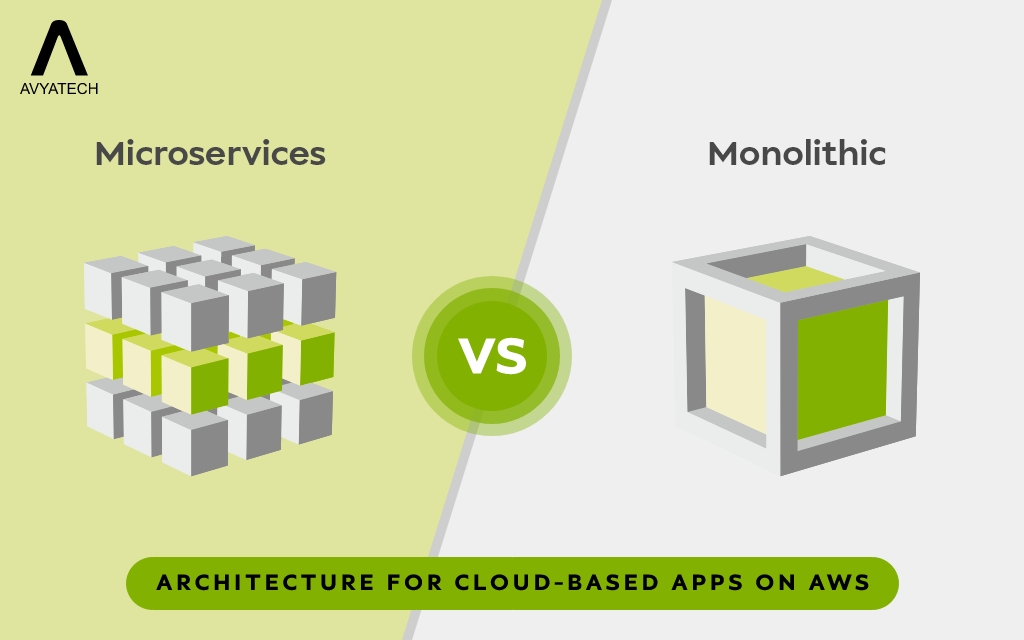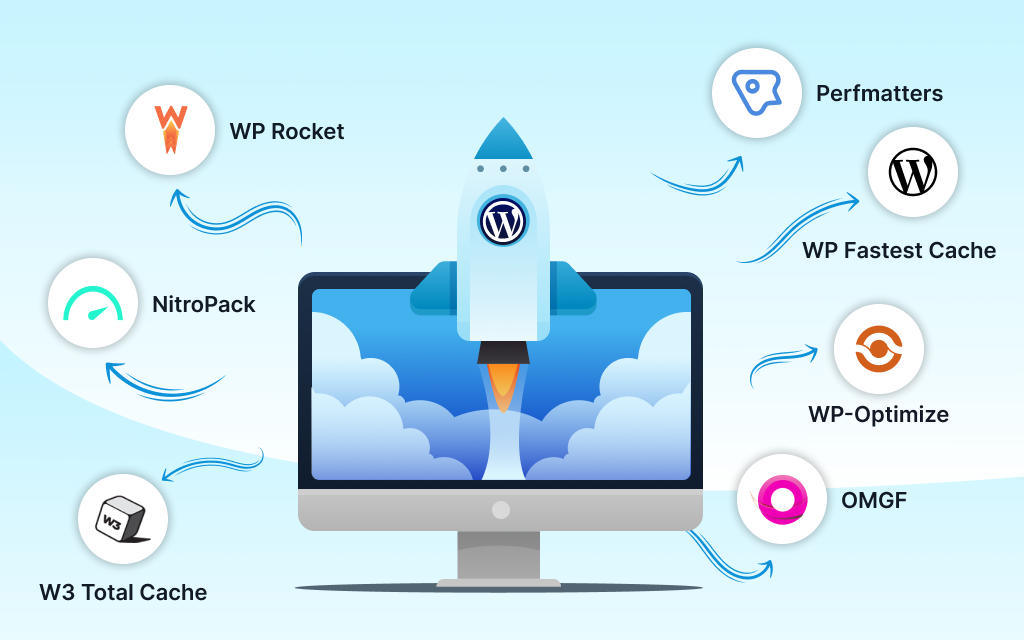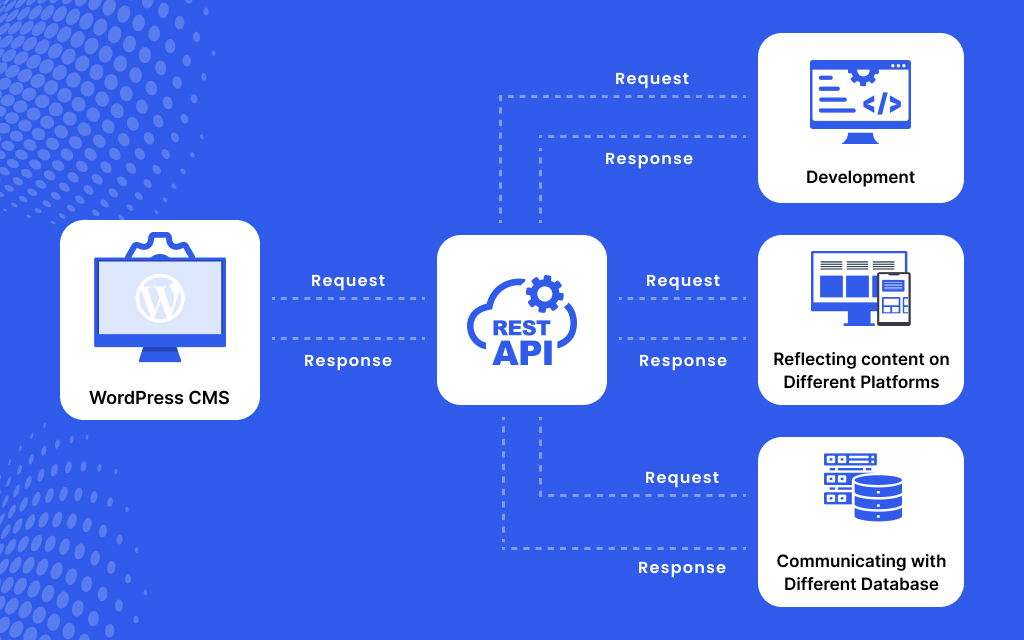Microservices vs. monolithic architecture in the world of cloud-based applications on AWS catches the attention of business leaders, IT professionals, and tech enthusiasts. They need to realize how software architecture can help them get better results from their SaaS products when they progressively move to the cloud to optimize performance, scalability, and security.
Software architecture adoption and benefits
In software development, a monolithic architecture is a traditional tactic to develop, design, and deploy a complete app as a single unit. Microservice is an architectural method to build and deploy software apps by breaking them into smaller and independent services. Monolith has a simple, straightforward structure; microservices have a complex structure. These services are easy to develop, deploy, and maintain separately.
According to a survey by O’Reilly, 61% of organizations have used microservices for their cloud-based apps. They cited scalability, lower development costs, and flexibility as primary motivators for adopting microservices. Moreover, the State of DevOps Report 2023 states that microservices architecture recovers 2,604 times faster from failures and deploys changes 208 times more frequently.
Monolith or Microservices for Your Business App?
When it comes to picking a particular architecture for your business app, you simply need to assess the features and functionality of your software.
Monolith architecture is best used for:
- MVPs (minimum viable products)
- Projects with small teams
- Single-page apps
- Text-focused and informational websites
- Time-limited projects
For example, Facebook chose to scale its simple version rather than start over, preserving valuable time. Reddit opted for a monolithic structure to manage its codebase efficiently, focusing on cosmetic customization and limited media features. Similarly, Instagram used a monolithic architecture to handle its codebase and updates quickly.
Microservices architecture is best used for:
- Complex and scalable apps
- Cross-platform software
- Data-heavy apps
- Projects with a big team
Netflix, for instance, uses microservices to personalize video content based on user behavior, providing a tailored experience. Uber adopted microservices to address deployment issues and improve platform performance, allowing faster updates. SoundCloud also embraced microservices to enhance development speed, expand features, and support its vast databases.
Summing up
In summary, monolithic architecture is an excellent choice for small to medium-scale projects that require quick development and limited expertise. It is particularly suitable for enterprise software and websites with a narrow range of features. Conversely, microservices architecture is ideal for building complex applications, supporting business management systems (such as PLM, ERP, and CRM), and powering real-time applications like online games and streaming platforms. Depending on their specific needs, business leaders, IT professionals, and tech enthusiasts can optimize their SaaS solutions using either monolithic or microservices architecture.





Leave a Reply